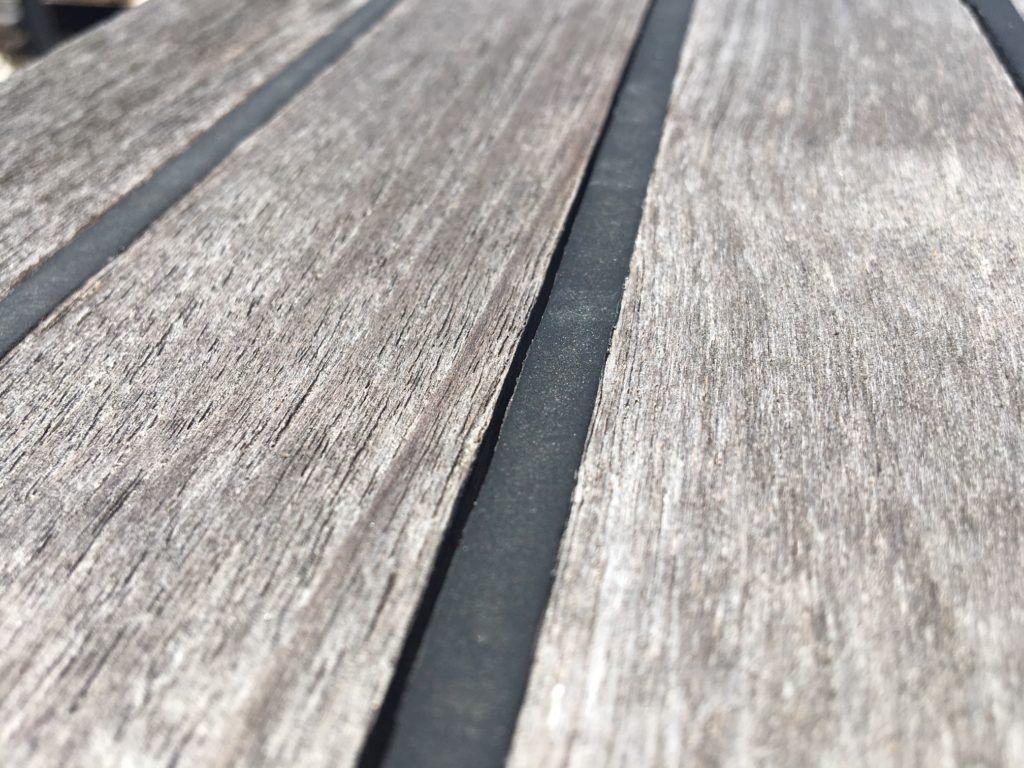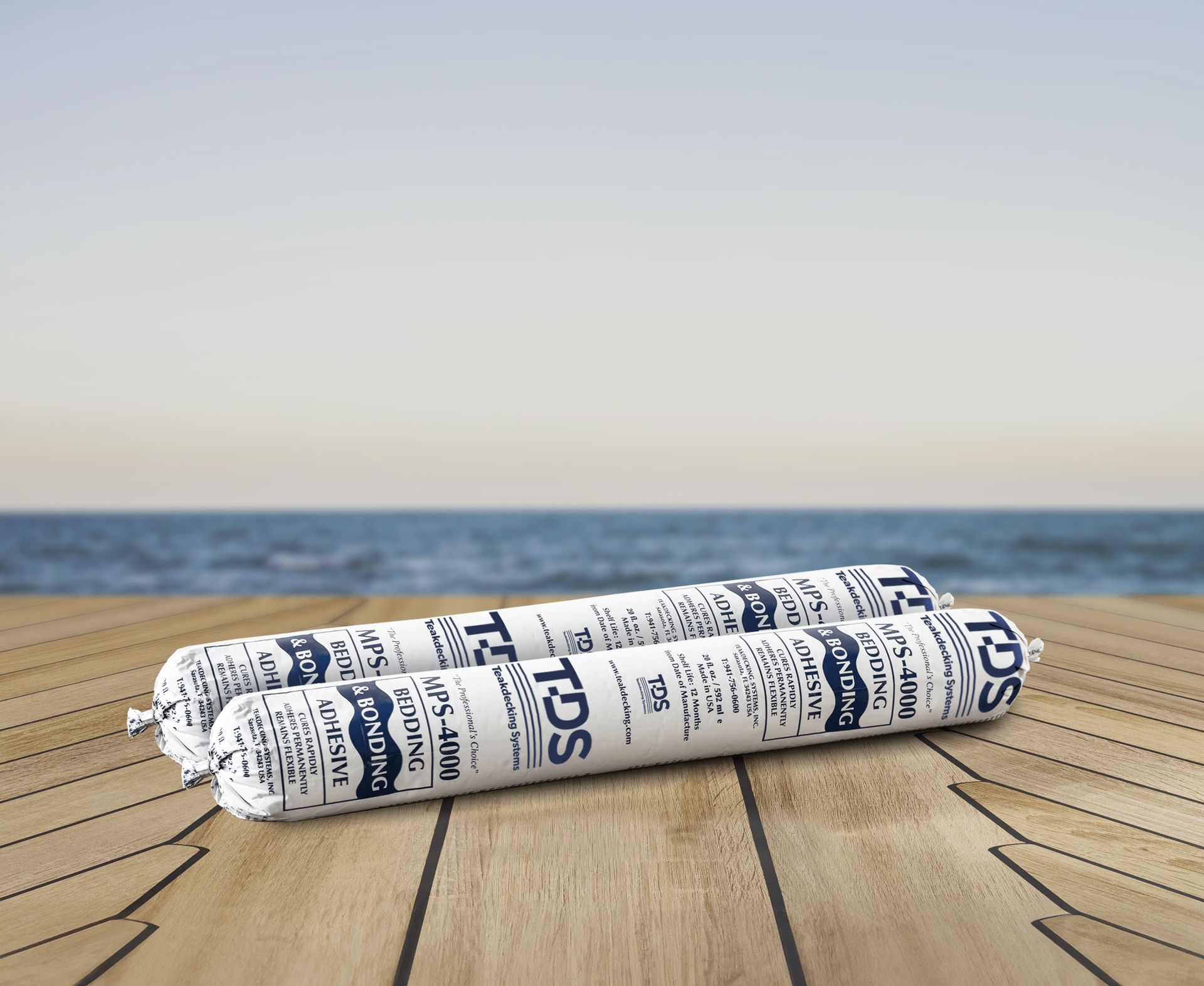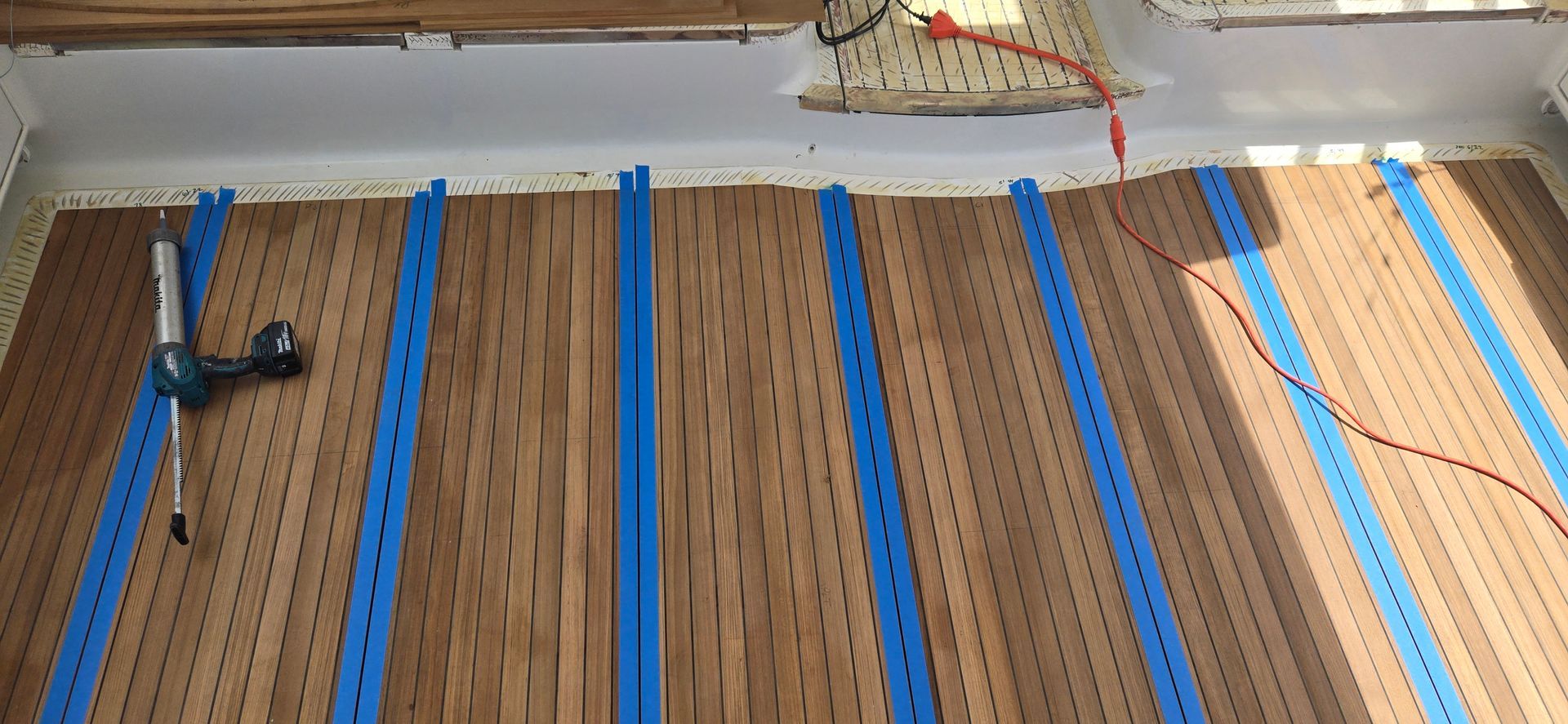Where is the deck installation performed?
Once a boat owner decides to add or replace a boat deck (in teak or composite), one of the first questions asked is: “Where do you do the deck installation?” The answer may be nearer than expected. (Spoiler Alert: The boat doesn’t have to be at Teakdecking Systems’ Florida or European facility.)
MODULAR DECKING
Teakdecking Systems creates modular decking in sections sized to fit in available transport. Decks longer than the interior length of a standard 40-foot shipping trailer or container are assembled as interlocking sections. So, panels small enough to fit in the transport and be easily handled by the installation crew within the vessel and shipyards’ confines.
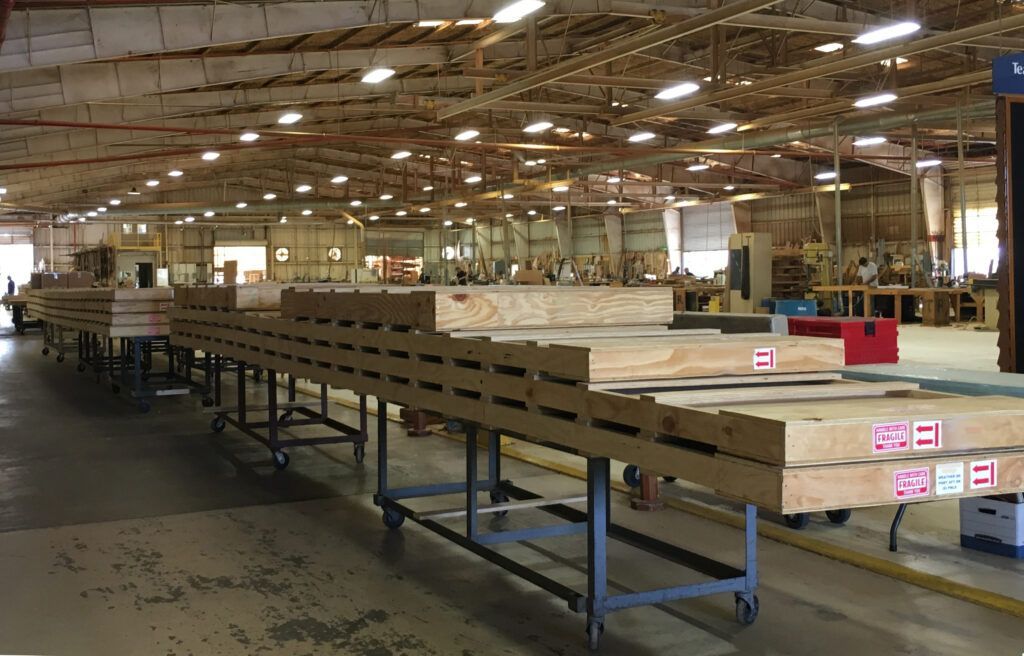
Crates of decking panels ready to transport to boat location
GLOBAL SHIPMENT OF DECKING
For nearly 40 years, Teakdecking Systems has shipped modular deck systems and components across the United States and worldwide. A sampling of some of the northern hemisphere deck destinations includes Japan, North America—USA, Canada, Mexico, the Bahamas & the West Indies, England & Scotland, the shipyards of Europe, and Turkey. The southern hemisphere destinations include Fiji, New Zealand, Chile, Ecuador, and Brazil.
SHIPPING THE DECK TO THE BOAT
Since deck installation can be performed near the boat’s location or near where the boat is headed, the Teakdecking Systems’ Traffic Coordinator will arrange the logistics of getting, shall we say, big things to odd places.
MANUFACTURING IN EUROPE
With its recent asset acquisition of Teak Solutions (Barcelona and Valencia, Spain), Teakdecking Systems strengthened its service to the European and mid-Eastern marine industries and their markets. This expansion also reduces delivery times and costs to those markets. (Currency fluctuations can sometimes make this beneficial, and sometimes not.)
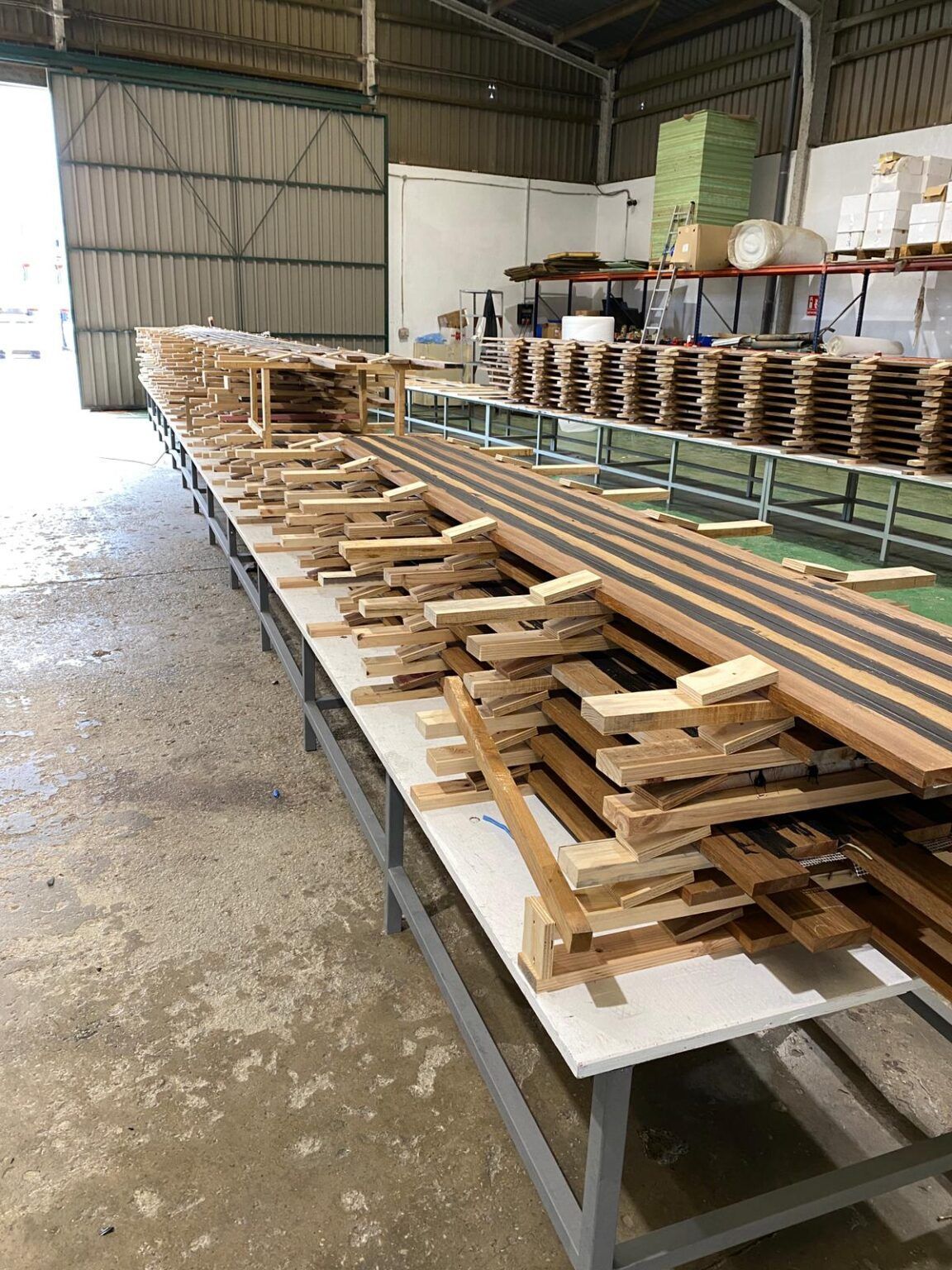
Manufacturing teak decking panels in Valencia, Spain
BOAT LOCATION
Boat owners have extensive latitude in selecting a location for a deck replacement or addition, but a suitable facility must be chosen. The primary requirement is that the boat is out of the weather and in a climate somewhere between 45°F and 95°F (7°- 36°C). The reasons for this include (1) allowing the caulking and adhesives to properly cure, (2) enabling the installation personnel to work effectively, and (3) preventing rain or snow from creating damage or delays. Essentially, this is a building, shed, or tent where the boat (and equipment) can be relocated. It is unnecessary to haul the boat for a deck replacement or installation if in-the-water sheds are available that adequately shelter the boat.
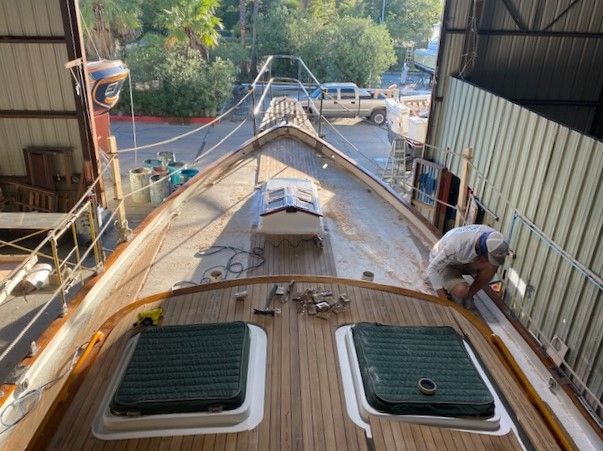
Deck installation is well-protected
PERSONNEL
Even more important than the facilities and equipment available are the carpenters hired to perform the work. If a deck replacement is required, the personnel need to know how to properly disassemble the boat to prepare for removing the existing teak. Then they will need to remove the old teak without damage to the vessel. Some owners (often with assistance from crew or friends) will remove the deck hardware (and sometimes the old teak deck) on smaller vessels to reduce the out-of-pocket expenses. This same group will need to reinstall the hardware onto the new teak or composite deck and recommission the boat for sea.
With boatyards and shipyards fulfilling the criteria of facilities, equipment, and personnel, it is prudent to meet with the service managers at nearby boatyards first. Determine if personnel installing the new modular teak decks have marine carpentry skills, along with experience installing modular teak decks. This could limit the available locations to a few boat or shipyards. Teakdecking Systems can provide recommendations. Further, TDS has their own trained and qualified installation technicians available to travel to the site and perform the work.
If a boat or shipyard has one or more qualified carpenters but no experience with modular deck systems, TDS will offer to send a technician to guide and assist the local carpenter(s) through the process. If qualified local carpenters are unavailable, TDS will assemble a complete team to perform the installation. This latter option is standard with large yacht projects in shipyards. The TDS technician(s) travel and subsistence costs are added to the project invoice. So, finding good local boat-building talent can pay for itself.
To find local boat service facilities, contact the Yacht Services department at TDS. For nearly 40 years, decks have been shipped globally, so they typically have suggestions for service in specific locations.
THREE PHASES OF ADDING OR REPLACING A DECK
According to TDS, there are three phases to replacing or adding a teak deck:
- Templating (making an exact pattern on your boat for the replacement deck)
- Manufacturing and assembly of the deck panels at the TDS facilities
- Installation
After deciding to replace a deck (knowing where it will be done and who will do it), the first step of building the deck is to make a template, and this must be performed on the boat for accuracy.
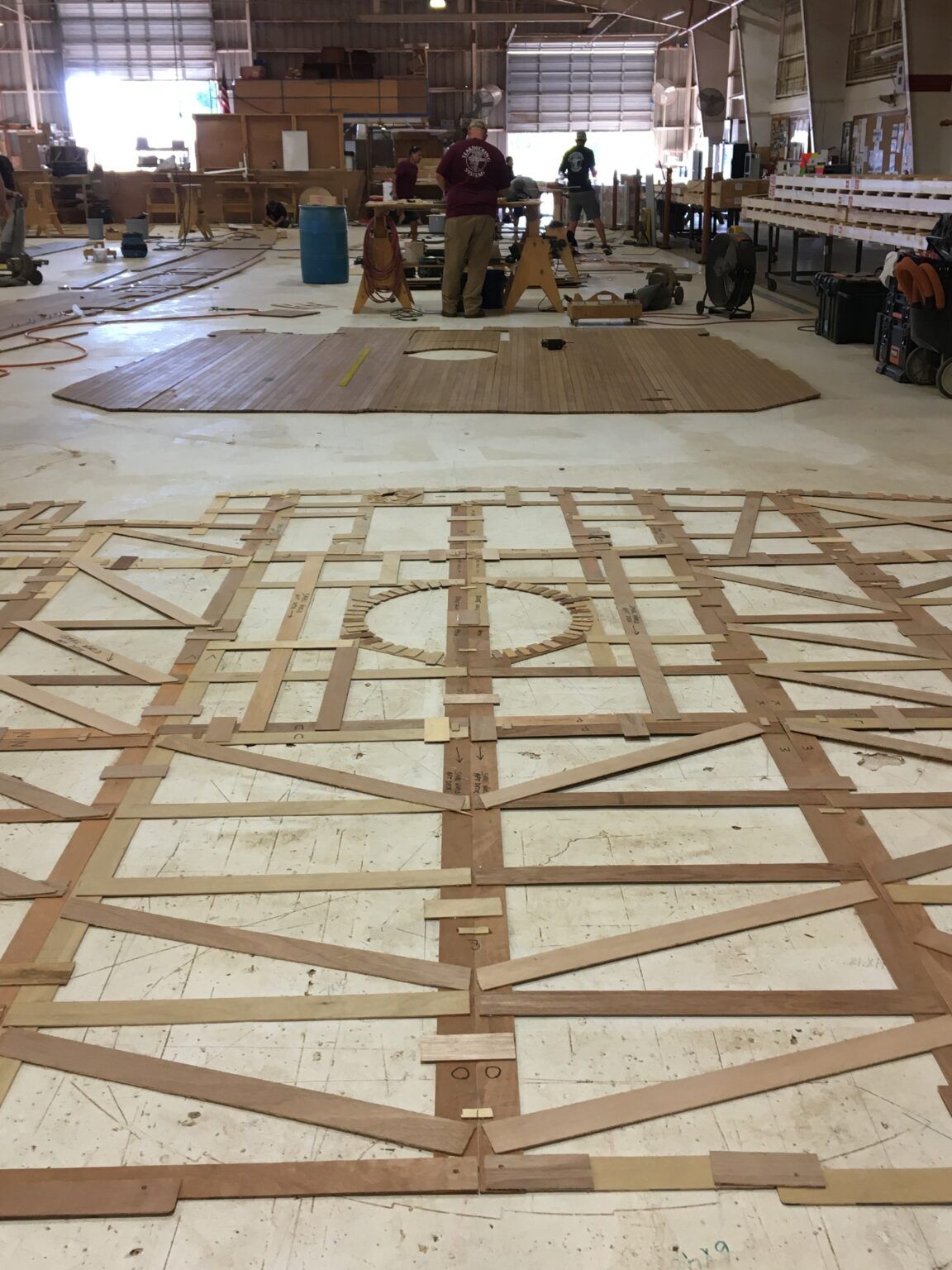
Fortunately, like the installation location, there are multiple options for template making:
- Follow Teakdecking Systems’ thorough and easy-to-follow “Template Making Instructions.”. These instructions detail how to assemble a template using 1/8″ plywood and hot glue (similar to making countertop patterns). The instructions explain how to build the pattern in sections to make it easy to crate and ship to TDS. Some owners make their templates. Additionally, a local marine carpenter or TDS technician can fabricate the stick template.
- For projects in remote areas or where there is a timeline crunch or other constraints, Teakdecking Systems offers digitally templating services. TDS will send one or two technicians to the boat, depending on the project size, along with the necessary equipment. The process involves digitally capturing the deck’s shape and any internal details to an accuracy of about 2mm. As soon as the information is gathered, the files can be emailed to the TDS factory. There, plywood patterns are CNC cut, enabling the new teak deck(s) production to begin.
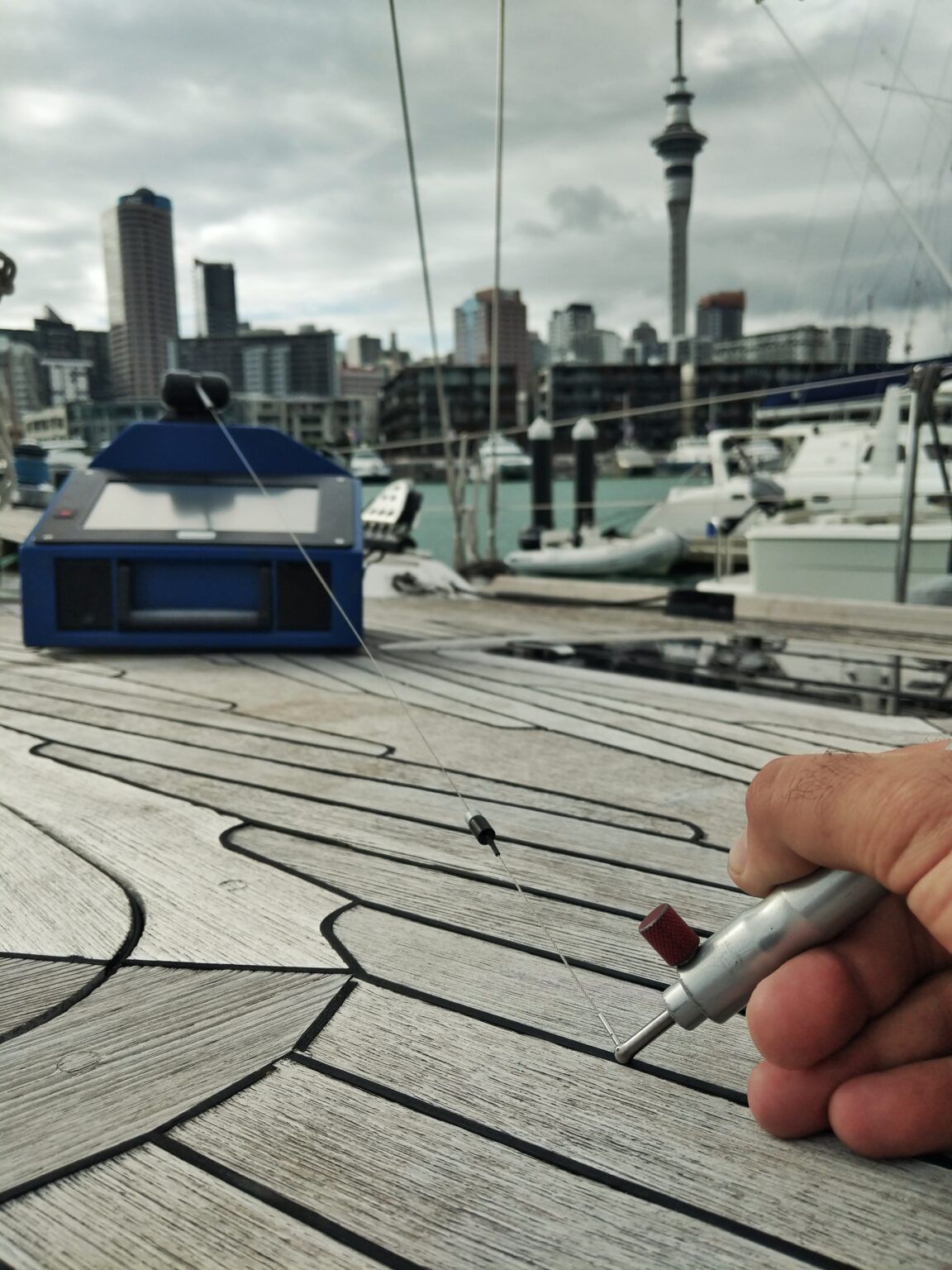
Digital Measurement of Deck
This digital system works well for large yachts, particularly those in transit between destinations. For example, a TDS digital templating team spent several days digitizing aboard a large sailing yacht anchored in the Caribbean shortly after arriving from Europe. Several months later, the new TDS teak decks traveled by container to meet the yacht halfway around the world in New Zealand for their installation. They fit perfectly.
After templating, the decks are built and shipped to the boat’s location for installation. So, while there are many good reasons to take a boat to Sarasota, Florida, adding a Teakdecking Systems modular teak deck system doesn’t need to be one of them. But TDS always welcomes visitors to the manufacturing facility.
MORE INFORMATION
To learn about the cost of installation, please read: How Much Does a Teak Deck Cost – Part 3 of 3: Installation
QUESTIONS
Call 941-756-0600
yacht.services@teakdecking.com
ALL PRODUCTS
